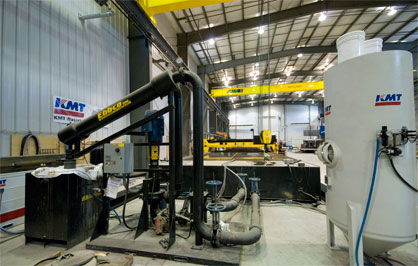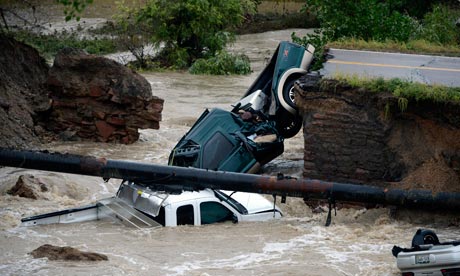Sectors of the Economy
There are 4 types of sectors :
~ Primary
~ Secondary
~ Tertiary
~ Quaternary
Primary Sector
- The primary sector of the economy extracts or harvests products from the earth.
- The primary sector includes the production of raw material and basic foods.
- Activities associated with the primary sector include agriculture (both subsistence and commercial),mining, forestry, farming, grazing, hunting and gathering, fishing, and quarrying.
- The packaging and processing of the raw material associated with this sector is also considered to be part of this sector.
- In MEDC's, the number of primary workers are rapidly decreasing.
- In LEDC's, the number of primary workers remains the same.
Secondary Sector
- The secondary sector of the economy manufactures finished products.
- All of manufacturing, processing, and construction lies within the secondary sector.
- Activities associated with the secondary sector include metal working and smelting, automobile production, textile production, chemical and engineering industries, aerospace manufacturing, energy utilities, engineering, breweries and bottlers, construction, and shipbuilding.
- Many of these industries consume large amounts of energy and require factories and machinery to convert the raw materials into goods and products.
- They also produce waste materials and waste heat that may pose environmental problems or cause pollution.
Tertiary Sector
- The tertiary sector of the economy is the service industry.
- This sector provides services to the general population and to businesses.
- Activities associated with this sector include retail and wholesale sales, transportation and distribution, entertainment (movies, television, radio, music, theatre, etc.), restaurants, clerical services, media, tourism, insurance, banking, healthcare, and law.
- In MEDC's, the number of tertiary workers are gradually increasing.
- In LEDC's, there are very little tertiary workers.
Quaternary sector
- The quaternary sector of the economy consists of intellectual activities.
- Activities associated with this sector include government, culture, libraries, scientific research, education, and information technology.
- There are some quaternary workers appears in MEDC's.
- There are almost none quaternary workers in LEDC's.
Primary Sector
Secondary Sector
Tertiary Sector
Quaternary Sector
Reference
Jamie Tay
7 Kappa
Thanks for reading :D
 World's largest volcano discovered
World's largest volcano discovered

















